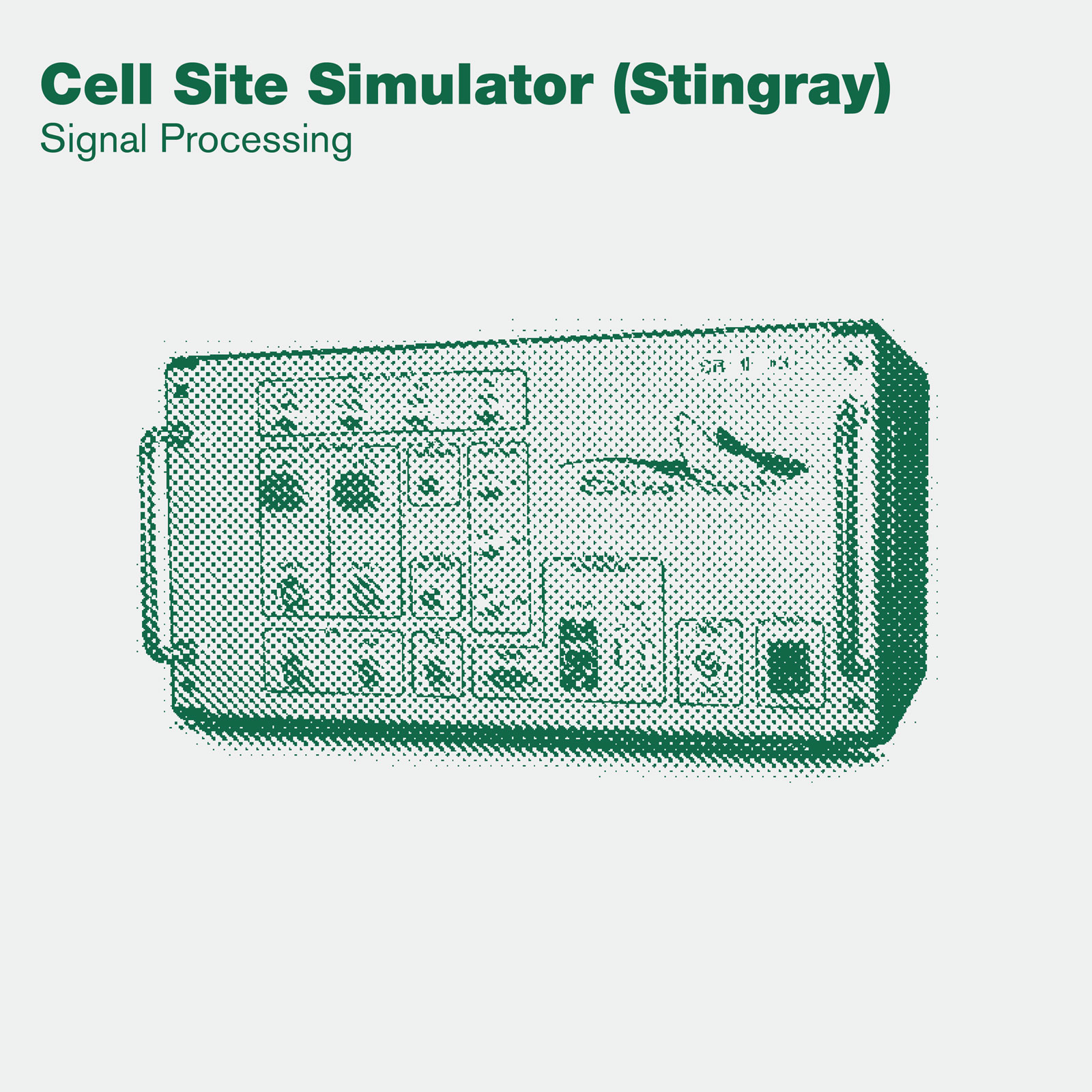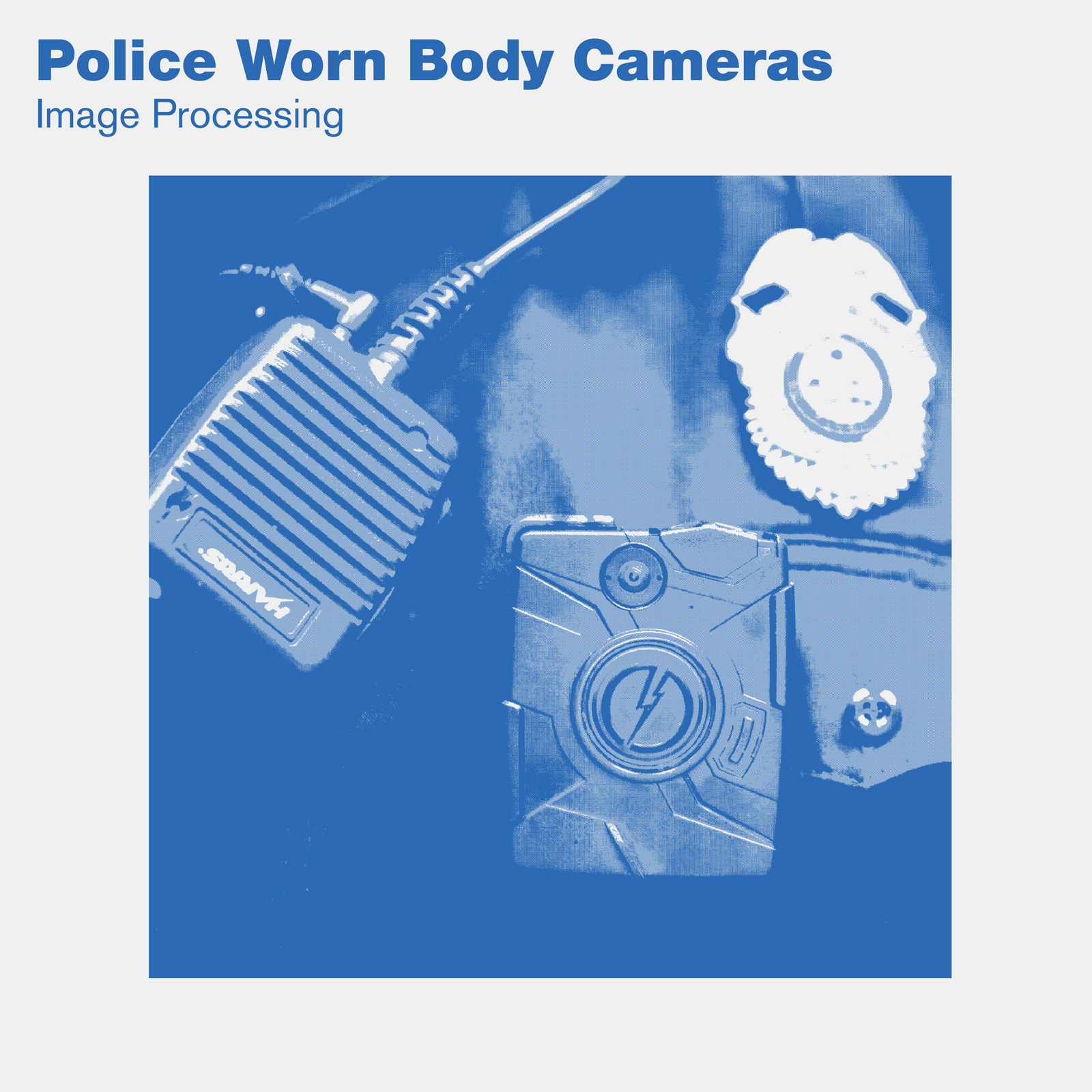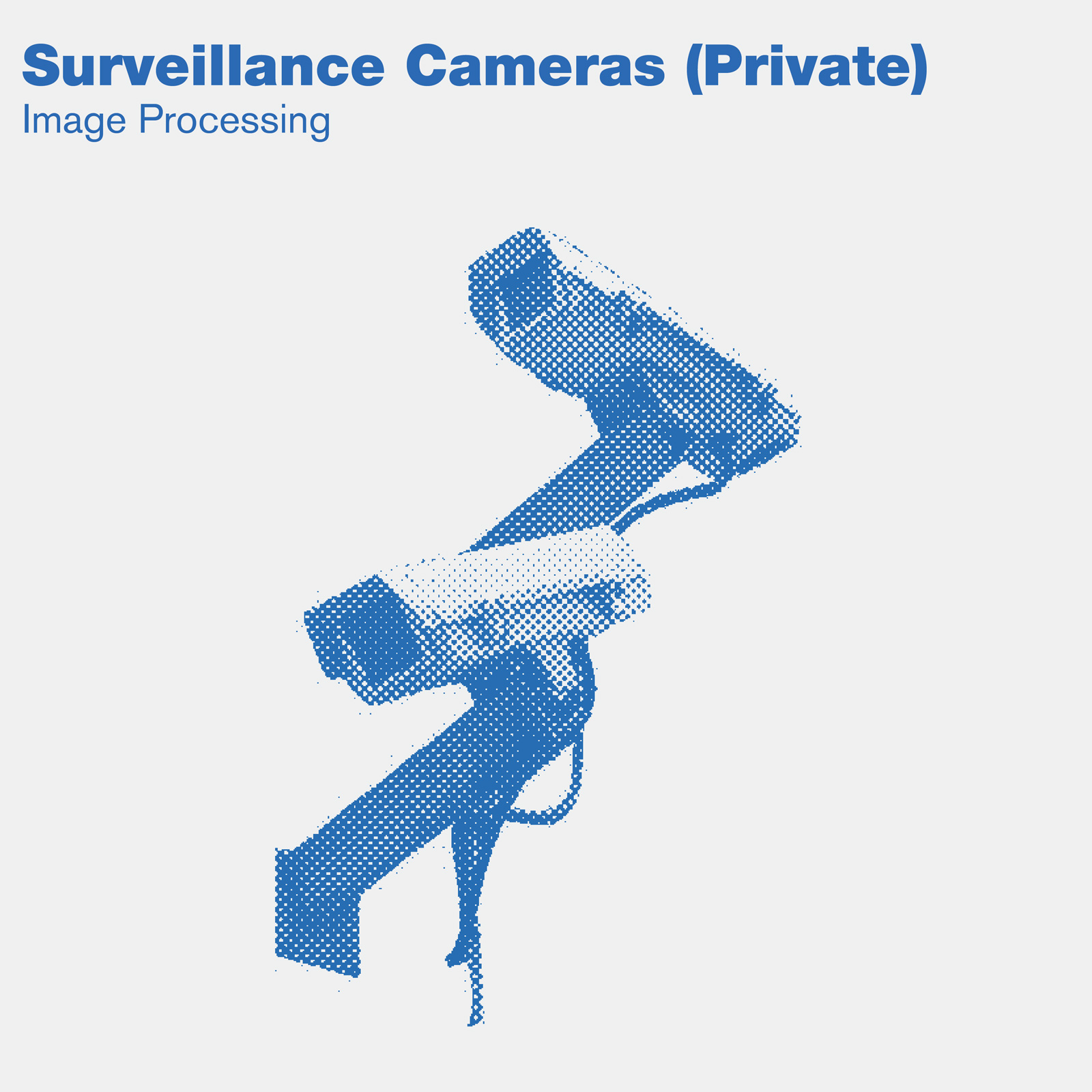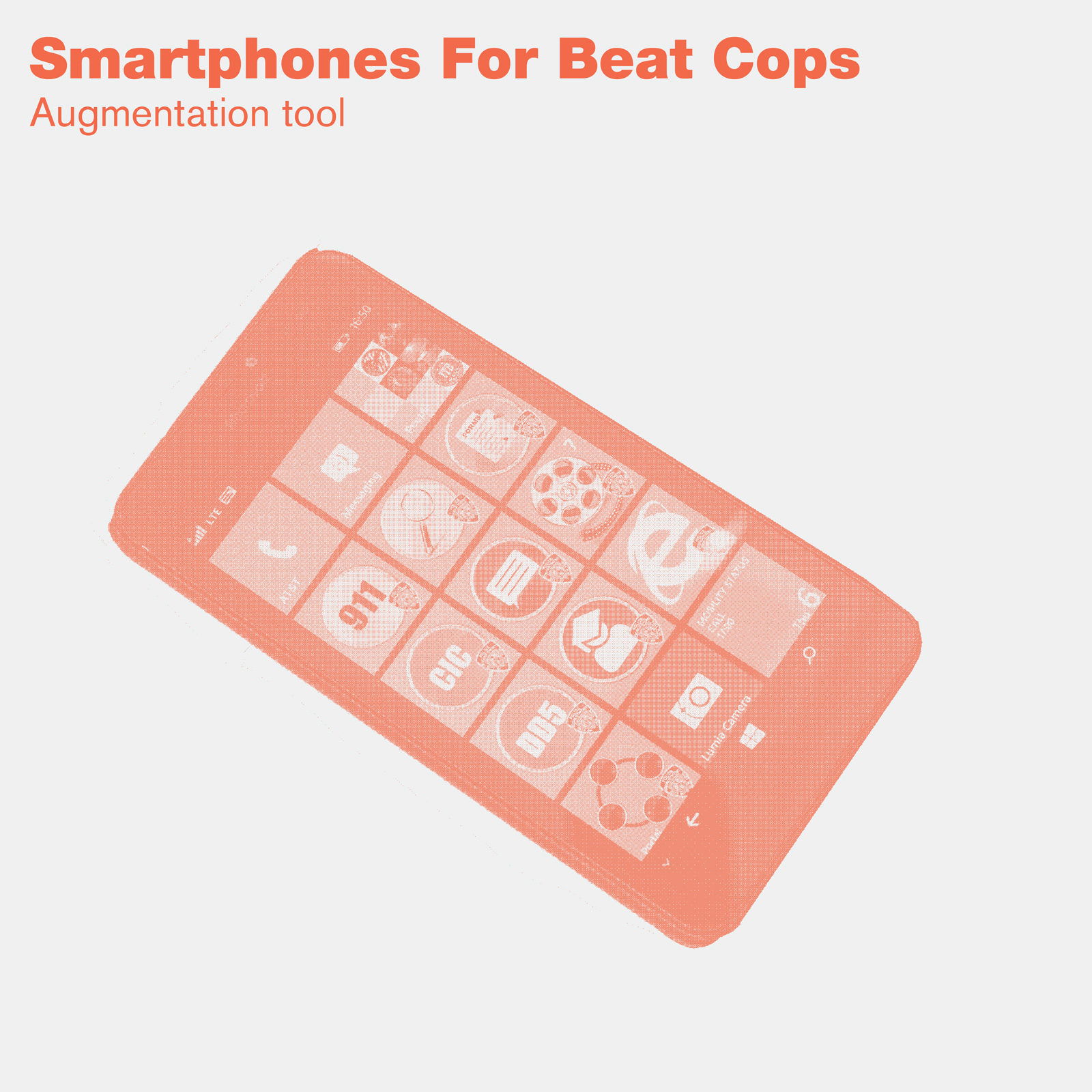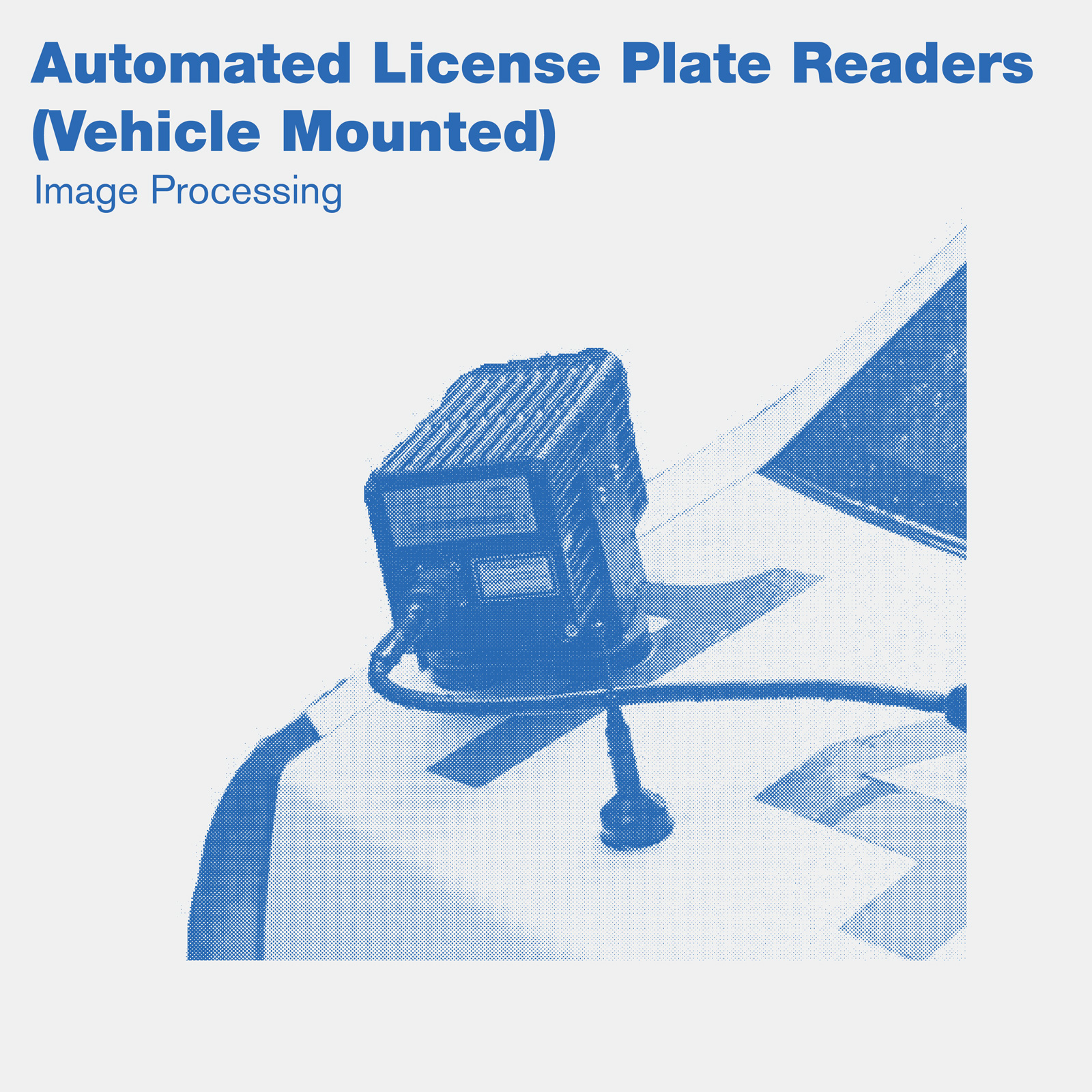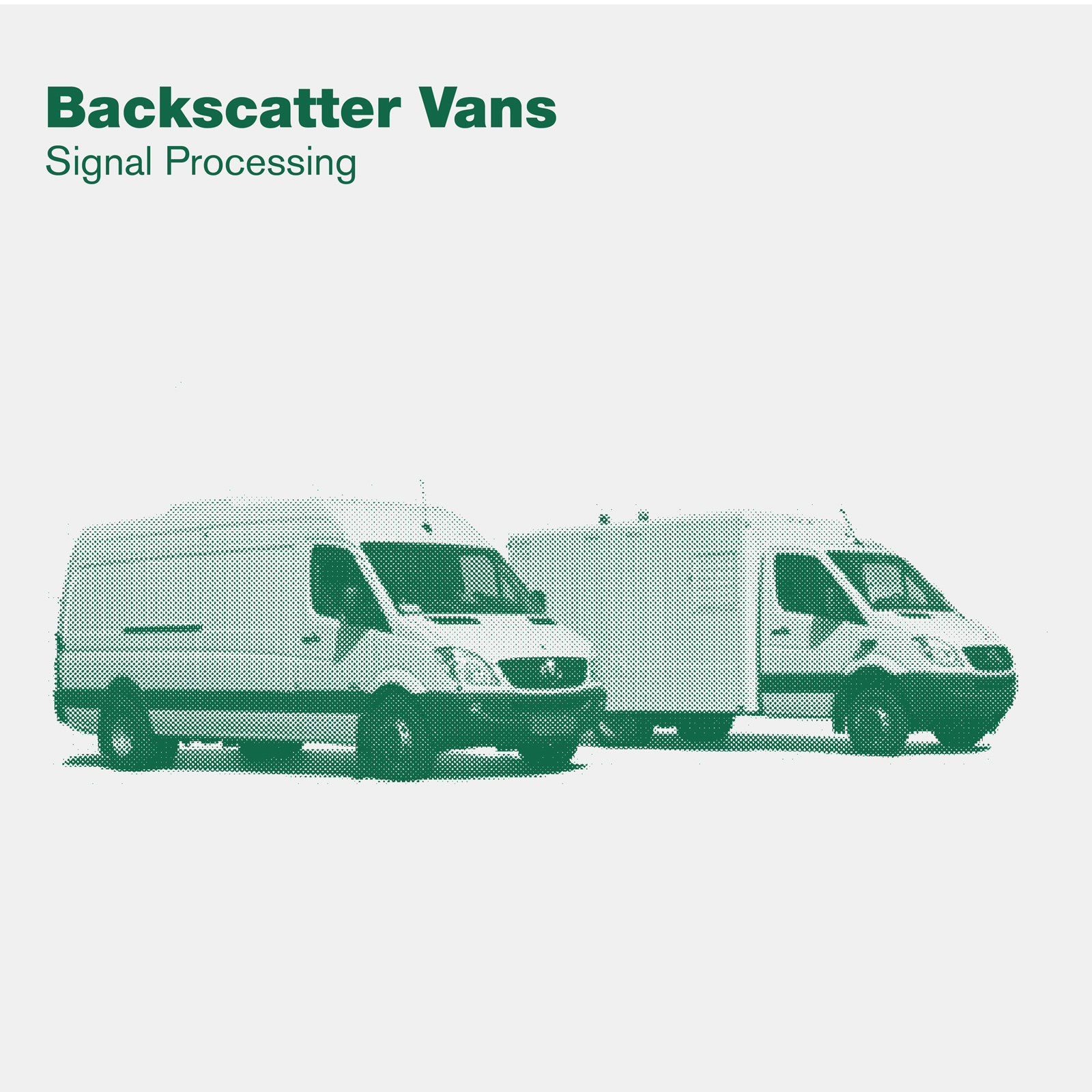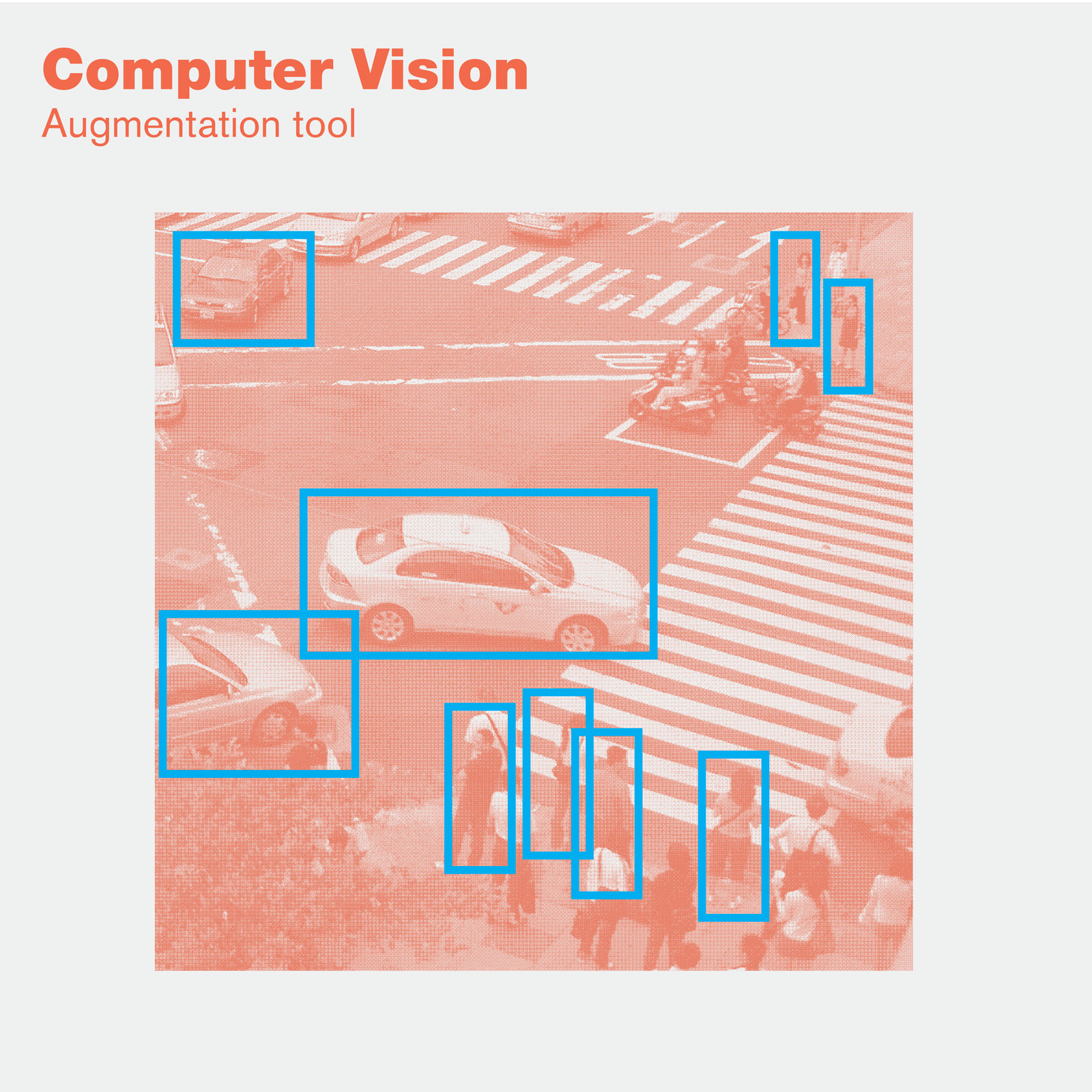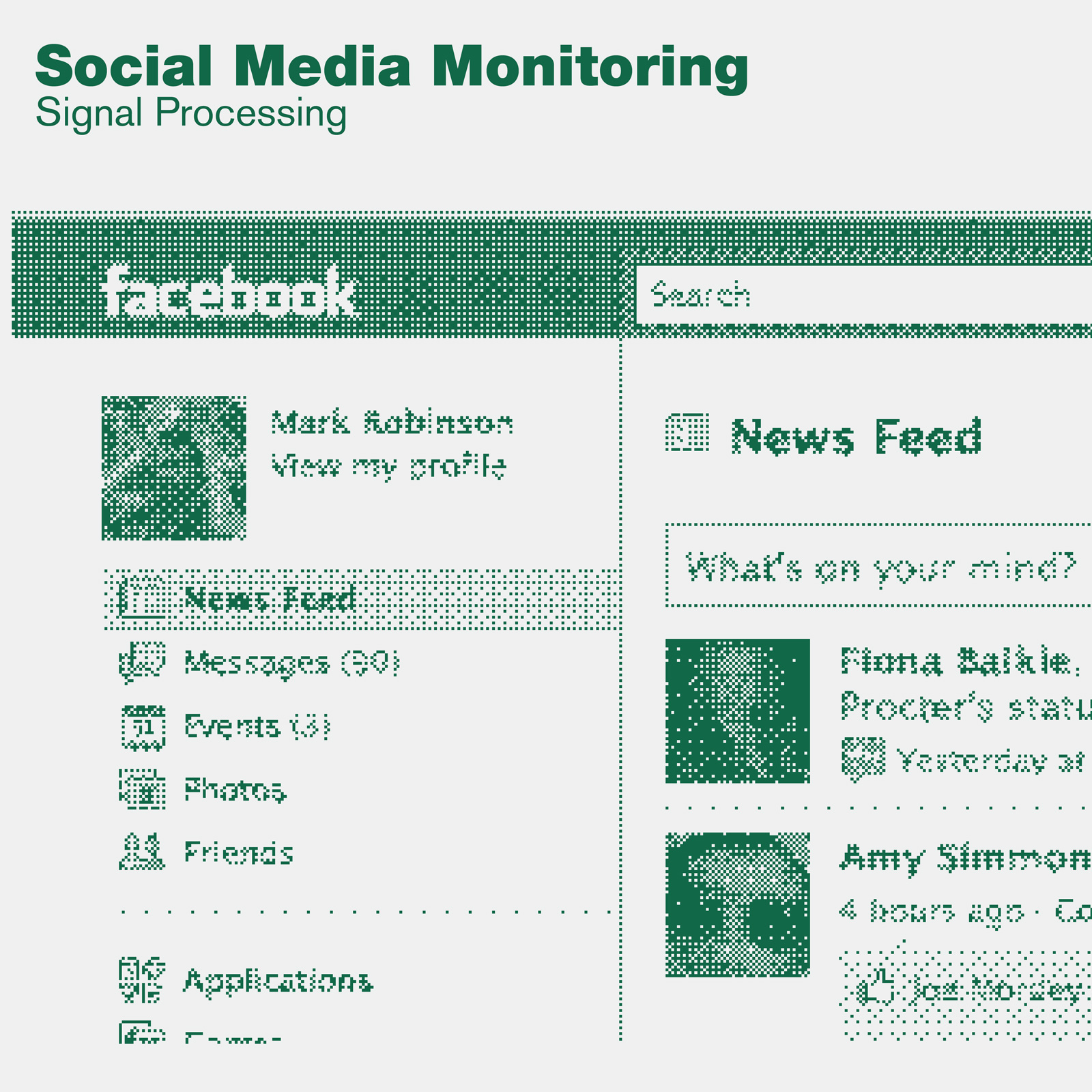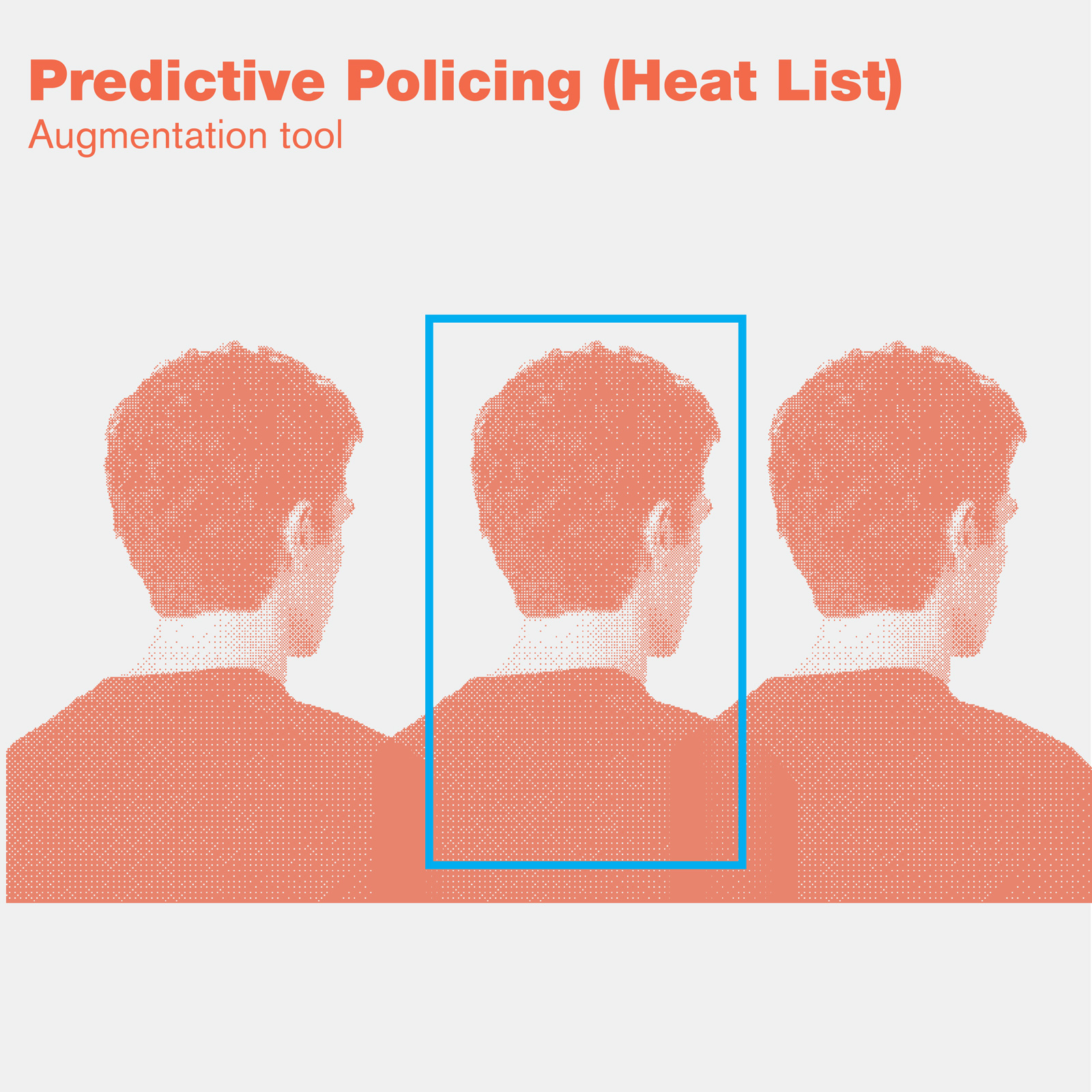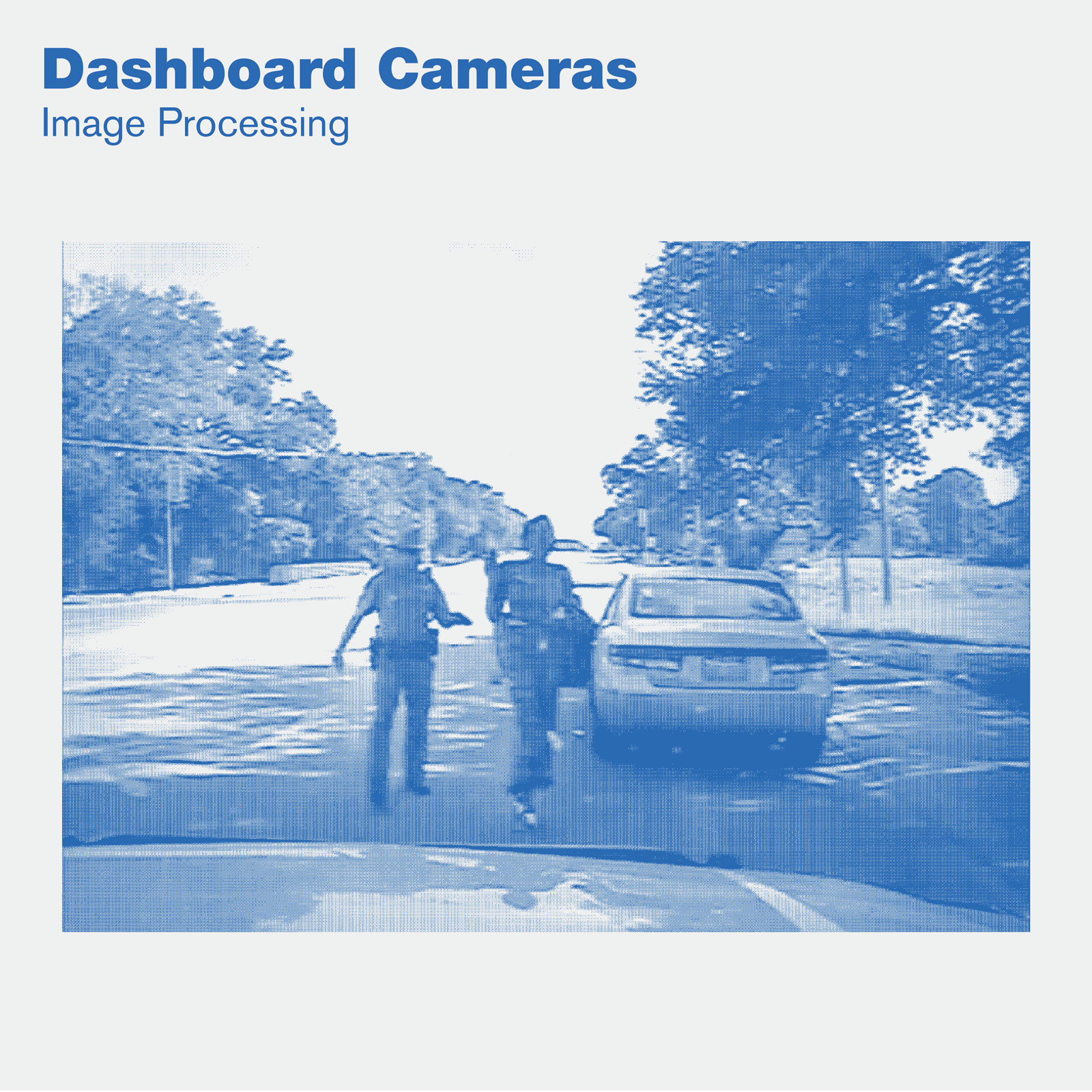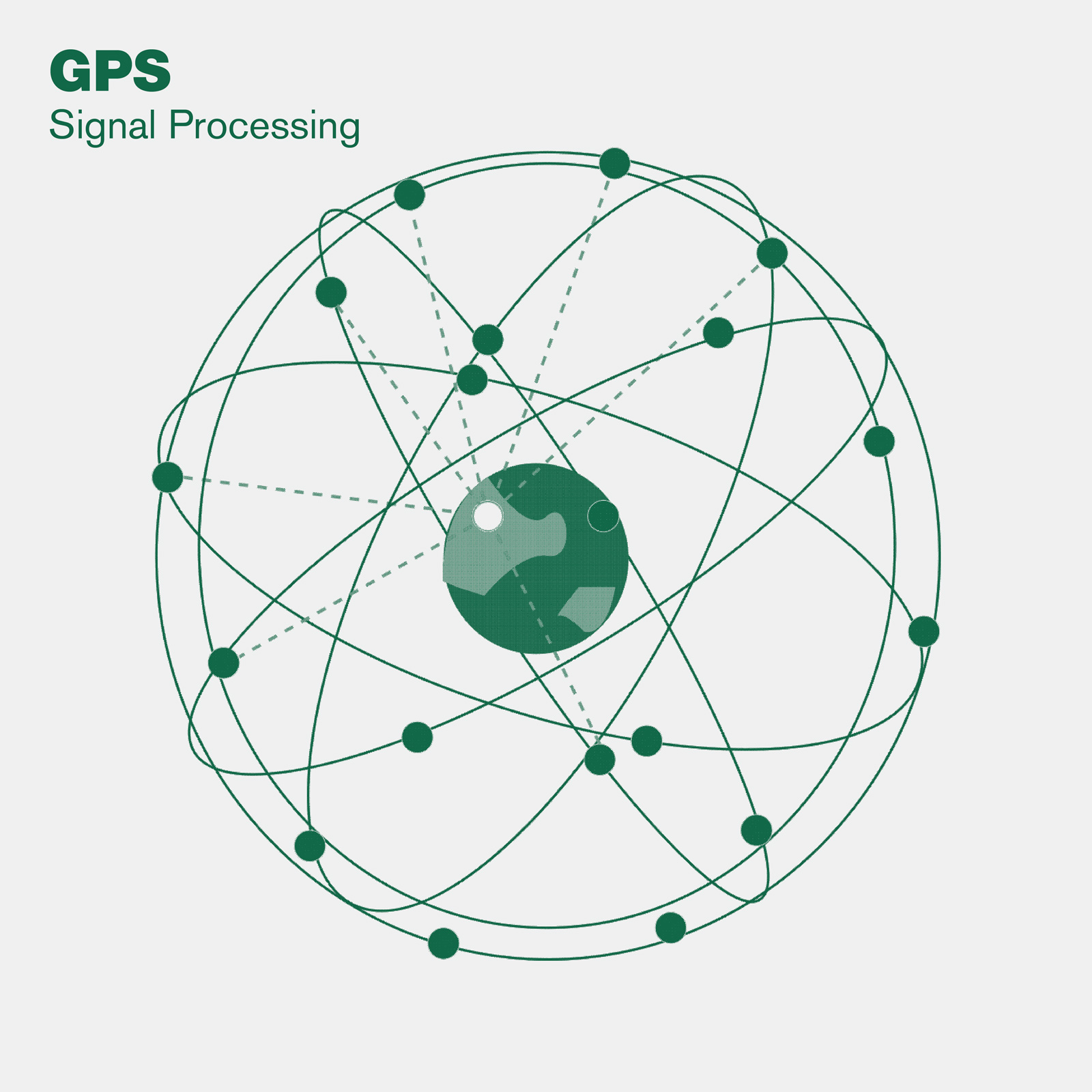The Location of Justice
An examination of the pervasive and often overlooked infrastructure of criminal justice in New York and the spaces that could serve a more just city.
In This SeriesWe are celebrating 15 years — and counting — of stories that are deeply researched and deeply felt, that build a historical record of what the city has been.
Keeping track of the wide range of emerging technologies increasingly available to and used by police departments can be overwhelming. This taxonomy, while not necessarily comprehensive of every specific tool or product in the policing tech toolbox, provides a high-level overview of data collection resources and types of data used in policing.
The views expressed here are those of the authors only and do not reflect the position of The Architectural League of New York.
An examination of the pervasive and often overlooked infrastructure of criminal justice in New York and the spaces that could serve a more just city.
In This Series
